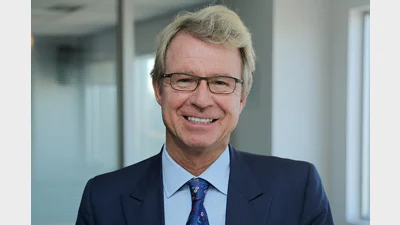Global growth to be more evenly distributed next year


State Street Global Advisors (SSGA) expects more evenly distributed global growth which would return to its historical trend rate of 3.7 per cent in 2018.
The study, “Global Market Outlook for 2018 – Step Forward, Look Both Ways”, also indicated that the coming year would be more supportive of risk assets.
However, the maturity of the growth cycle and a number of structural uncertainties would “warrant a degree of caution”.
According to SSGA, the best opportunities would be in the US while developed markets such as Japan and Europe would be also particularly attractive.
SSGA’s global chief investment officer, Rick Lacaille said: “The slow but steady improvement in global growth, coupled with modest inflation, provides the kind of macro environment that can continue to lift markets higher.
“Valuations, although extended in some sectors, remain below fair value at current interest rate levels.
“Japan is arguably the most attractive developed market, given relatively low interest rates and a weak currency.”
The study also confirmed there would be more opportunities in bond markets as the firm expected rates to stay at a relatively low level.
“While we are unlikely to see the bond bull to keep charging in 2018, we do think the bears will probably be proven wrong for another year, even as the Fed is expected to raise rates and other major central banks begin tapering their accommodative policy.
“That said, investors need to balance duration and credit risks carefully.
“While emerging market debt valuations have become attractive, a tilt towards quality can continue to deliver results.”
Recommended for you
Investors have slashed their US equity allocations to the lowest level on record, according to new data from Bank of America.
The message from experts in international trade and economists is that the Australian government should refrain from retaliating with reciprocal tariffs.
The market correction forecast by AMP’s chief economist is in full swing, with three weeks of turbulence culminating in significant losses on Tuesday.
Following a strong risk appetite in January, institutional investors have pulled back in February, with risk-seeking activity dropping to zero amid a decline in equity allocations.












